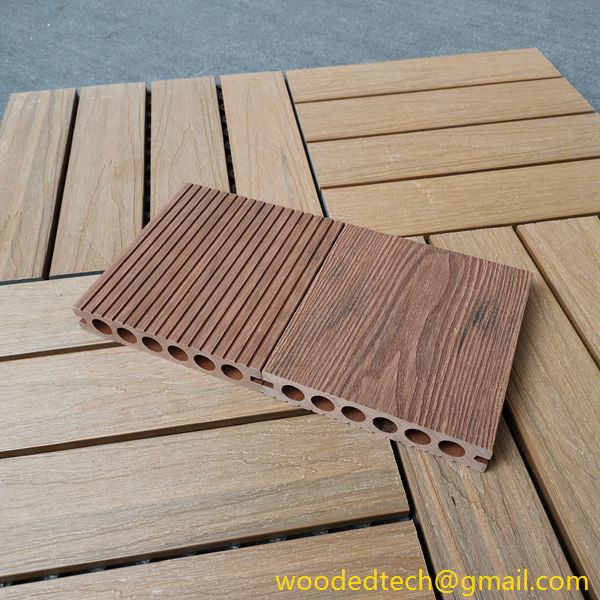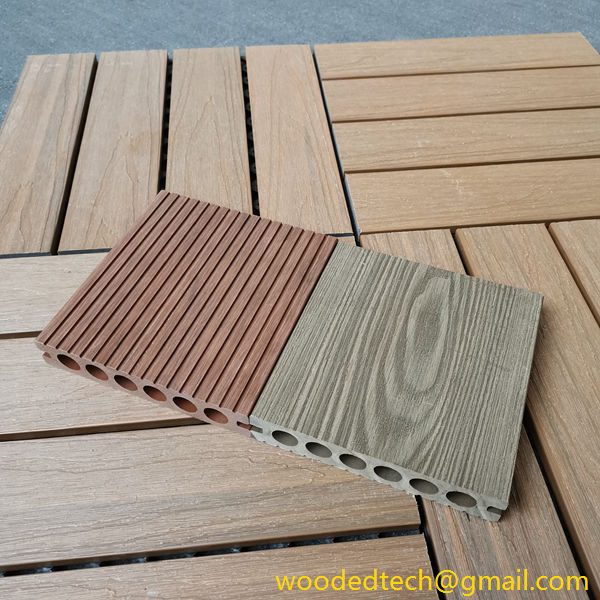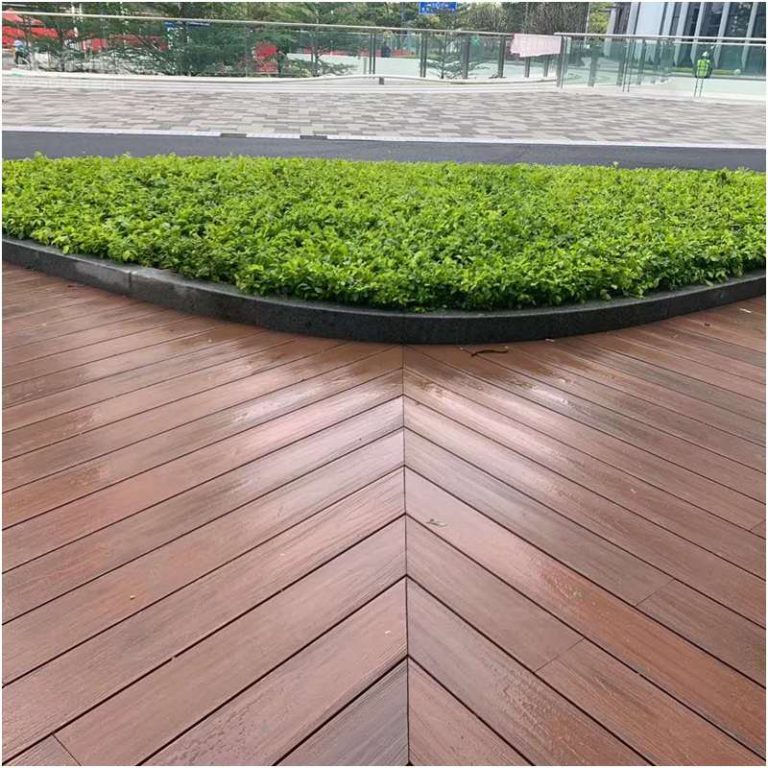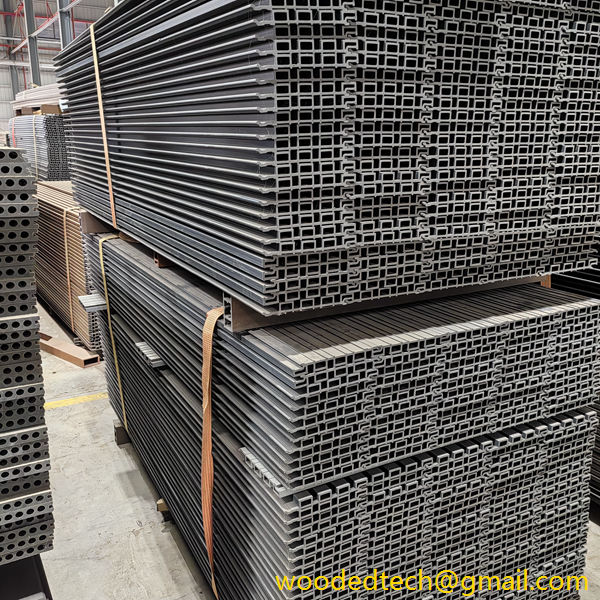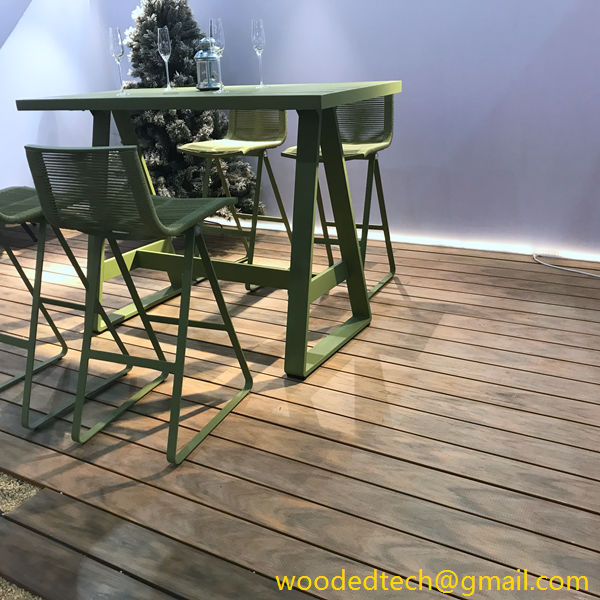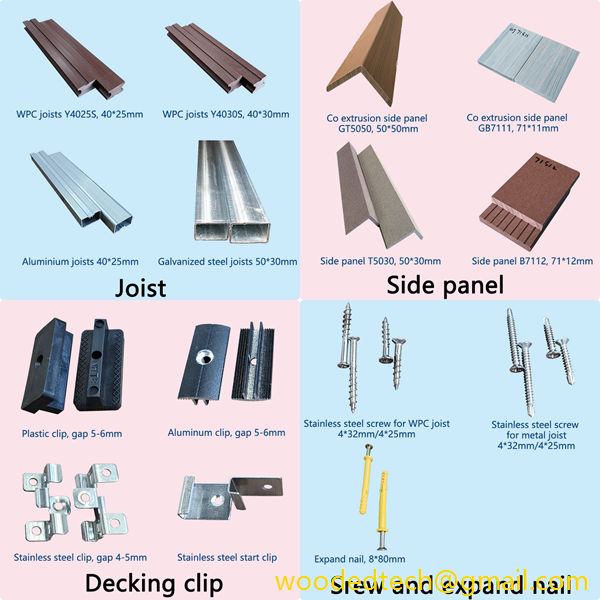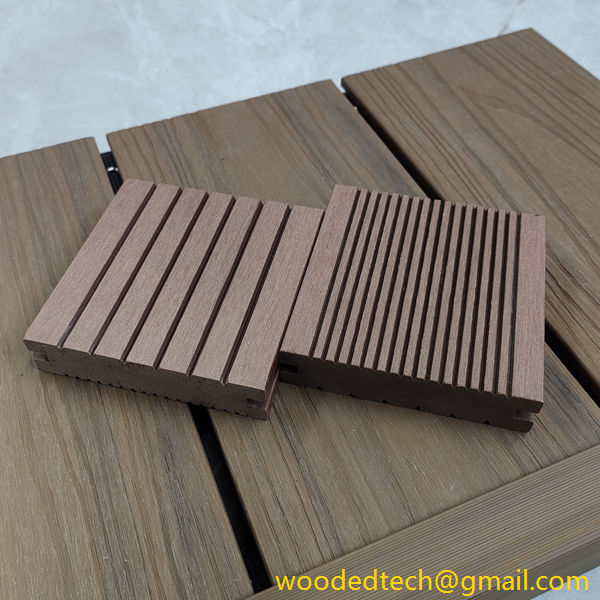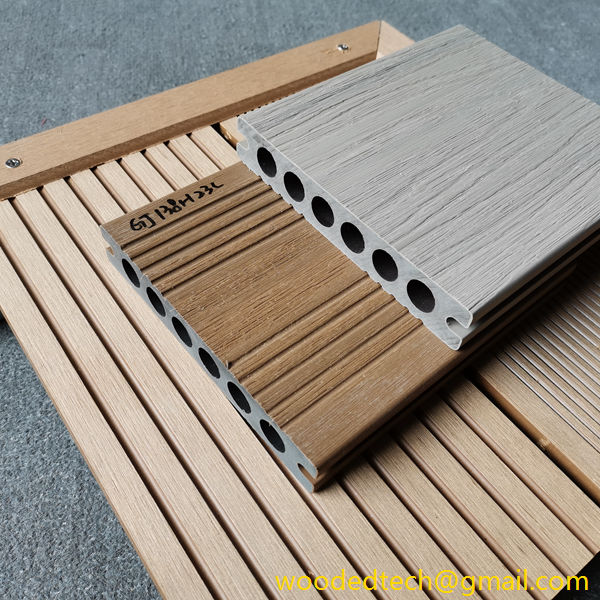Advantages of No Gap WPC Decking for Stability
Advantages of No Gap WPC Decking for Stability No gap wood-plastic composite (WPC) decking has emerged as a popular choice for homeowners and builders alike, particularly when it comes to creating outdoor spaces that are both aesthetically pleasing and functional. As traditional wooden decking continues to face challenges related to maintenance, durability, and environmental concerns,…
Advantages of No Gap WPC Decking for Stability
No gap wood-plastic composite (WPC) decking has emerged as a popular choice for homeowners and builders alike, particularly when it comes to creating outdoor spaces that are both aesthetically pleasing and functional. As traditional wooden decking continues to face challenges related to maintenance, durability, and environmental concerns, no gap WPC decking offers a compelling alternative. This article will explore the numerous advantages of no gap WPC decking, particularly focusing on its stability and the significant benefits it brings in terms of maintenance-free living in the later stages.
One of the primary advantages of no gap WPC decking is its superior stability compared to traditional wood decking. Traditional wood decking often suffers from issues such as warping, splintering, and swelling due to changes in temperature and humidity. These fluctuations can cause gaps to form between the boards, which not only detracts from the visual appeal of the deck but also poses safety hazards. In contrast, no gap WPC decking is engineered to withstand these environmental changes, providing a more stable surface that maintains its integrity over time. The composite materials used in WPC decking are resistant to moisture, meaning they do not absorb water in the same way that wood does. This resistance to moisture significantly reduces the likelihood of warping and swelling, ensuring that the surface remains level and safe for use.
Furthermore, the installation of no gap WPC decking allows for a seamless appearance that enhances the overall aesthetic of the outdoor space. The absence of gaps creates a clean and modern look that is highly sought after in contemporary design. Homeowners can achieve a polished and sophisticated outdoor environment without the clutter of visible seams. This uniformity not only elevates the visual appeal but also contributes to the overall stability of the deck. When boards are closely fitted together, there is less movement between them, which helps prevent the deck from shifting or becoming uneven over time.
In addition to its aesthetic benefits, no gap WPC decking significantly reduces the maintenance required compared to traditional wooden decking. Wooden decks typically require regular treatments, such as staining, sealing, or painting, to protect them from the elements and maintain their appearance. This ongoing maintenance can be time-consuming and costly, detracting from the enjoyment of the outdoor space. On the other hand, no gap WPC decking is designed to be low-maintenance. The composite material is resistant to fading, stains, and scratches, meaning it retains its appearance for longer periods without the need for extensive upkeep. Homeowners can spend more time enjoying their decks rather than worrying about maintenance tasks.
Moreover, the durability of no gap WPC decking contributes to its appeal as a long-term investment. Traditional wood decks have a limited lifespan, often requiring replacement after a decade or so due to deterioration. In contrast, no gap WPC decking is built to last, often boasting warranties of 25 years or more. This longevity not only provides peace of mind for homeowners but also enhances the overall value of the property. A well-maintained WPC deck can significantly increase curb appeal and attract potential buyers, making it a wise investment for those looking to enhance their outdoor living spaces.
Environmental considerations also play a crucial role in the growing popularity of no gap WPC decking. Many WPC products are made from recycled materials, including plastic and wood fibers, which helps reduce waste and promote sustainability. By choosing no gap WPC decking, homeowners can contribute to environmental conservation efforts while enjoying the benefits of a stylish and functional outdoor space. Additionally, the production process for WPC materials typically requires fewer resources compared to traditional lumber, further reducing the environmental impact.
Safety is another critical aspect where no gap WPC decking excels. The design of no gap boards minimizes the risk of tripping hazards that can occur when gaps form between traditional decking boards. This feature is especially advantageous for families with young children or elderly individuals who may be more susceptible to falls. The smooth, continuous surface of no gap WPC decking provides a safer environment for all users, allowing for worry-free enjoyment of outdoor areas.
Finally, the versatility of no gap WPC decking cannot be overlooked. It is available in a wide range of colors, textures, and finishes, enabling homeowners to customize their outdoor spaces to match their personal style and preferences. Whether one desires a classic wood look or a more contemporary aesthetic, no gap WPC decking provides the flexibility to achieve the desired look without compromising on performance.
In conclusion, the advantages of no gap WPC decking extend far beyond its immediate aesthetic appeal. Its stability, low maintenance requirements, durability, environmental friendliness, safety features, and design versatility make it an excellent choice for anyone looking to enhance their outdoor living spaces. As the demand for more sustainable and maintenance-free options continues to grow, no gap WPC decking stands out as a leading solution for homeowners who wish to enjoy a beautiful and functional deck without the burdens of traditional wood decking. Investing in no gap WPC decking not only enhances the quality of outdoor living but also provides a lasting solution that will serve well into the future.

